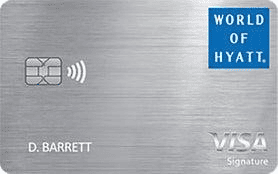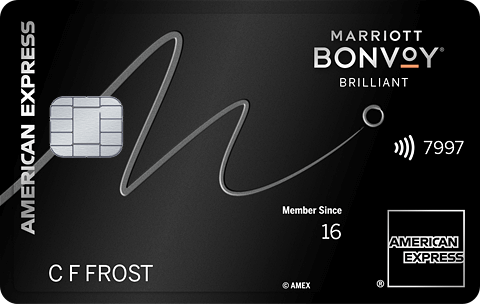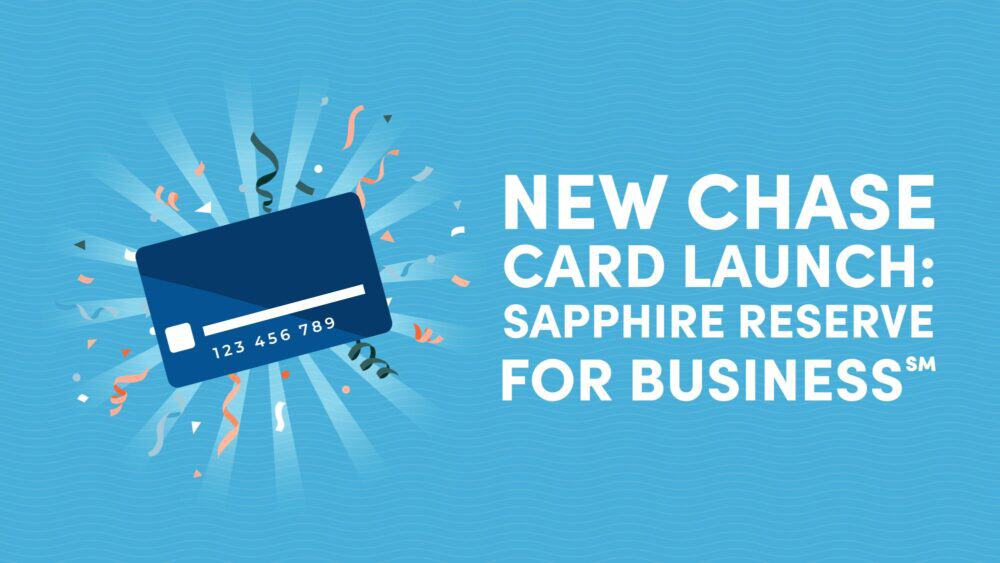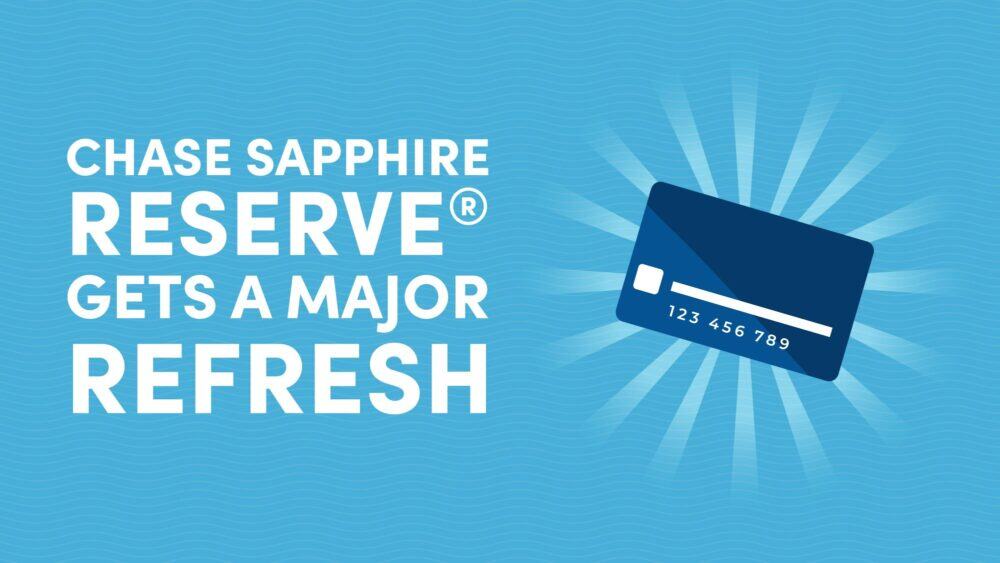
10xTravel is part of an affiliate sales network and receives compensation for sending traffic to partner sites, such as CreditCards.com. This compensation may impact how and where links appear on this site. This site does not include all financial companies or all available financial offers. Terms apply to American Express benefits and offers. Enrollment may be required for select American Express benefits and offers. Visit americanexpress.com to learn more. All values of Membership Rewards are assigned based on the assumption, experience and opinions of the 10xTravel team and represent an estimate and not an actual value of points. Estimated value is not a fixed value and may not be the typical value enjoyed by card members.
Note: Some of the offers mentioned below may have changed or may no longer be available. The content on this page is accurate as of the posting date; however, some of our partner offers may have expired. You can view current offers here.
I’ve been a digital nomad for a few years, and while many of the best cards for travel are also the best cards for digital nomads, there are a few additional things that digital nomads may want to take into consideration.
Read on to learn more about what a digital nomad is, special considerations that a digital nomad may have when it comes to choosing a credit card and our picks for the best credit cards for digital nomads.
What’s a Digital Nomad?
In short, a digital nomad is someone who travels full time while working from their laptop. There are subclasses within digital nomads, including traditional digital nomads who travel more quickly and “slowmads” who travel at a slower pace. Many digital nomads are freelancers or own their own businesses, but some digital nomads work as salaried employees for a company.
Digital nomads are a type of remote worker, but not all remote workers are digital nomads. Similarly, expats aren’t digital nomads—even though they may have started as such.

Which Credit Card Benefits Should a Digital Nomad Care About?
Digital nomads should care about many of the same benefits as any traveler, including foreign transaction fees, built-in travel insurance benefits and aligning bonus spending categories to spending habits.
That said, digital nomads may have a few additional considerations that a traditional traveler won’t. For example, some benefits and credits are valid only on purchases made in the United States. These benefits won’t be useful for a digital nomad who spends a lot of time abroad.
Some insurance benefits may require round-trip flight bookings or cover a car rental for a specific number of days—these benefits may not be useful at all or may require the digital nomad to jump through hoops (for example, making multiple one-month car rentals instead of renting for three months straight).
Best Credit Cards for Digital Nomads
Chase Sapphire Reserve®: Best for Travel Purchases
The Chase Sapphire Reserve® is my go-to card for travel purchases, as it now earns a powerful 8X Ultimate Rewards points on all Chase Travel℠ purchases and 4X points on flights and hotels booked directly. It also includes important travel-related benefits like primary rental car insurance, trip delay and cancellation protection, and delayed or lost baggage coverage—all of which I have used during my time as a digital nomad.
The trip delay and baggage coverage don’t require round-trip bookings, which is a plus for digital nomads who are less likely to book round-trip travel and the primary rental car insurance coverage covers rentals that are fewer than 31 consecutive days, which has generally been sufficient for my needs.
Those who expect to need a car rental for 31 days or more should consider The Platinum Card® from American Express (see rates & fees). Its premium car rental protection* covers rentals up to 42 consecutive days (up to 30 consecutive days for Washington state residents). This premium car rental protection has a cost of $19.95 or $24.95 per rental depending on your coverage selection (lower for California and Florida residents).
Add the annual $300 travel credit and access to Priority Pass lounges to the Sapphire Reserve, and this card continues to keep a permanent place in my wallet. With its comprehensive travel protections and elevated earning rates, I’m always paying for my travel with this card.
Earn 100,000
bonus points + $500 Chase Travel℠ promo credit
after you spend $5,000 on purchases in the first 3 months from account opening.
Annual Fee: $795
American Express® Gold Card or Chase Sapphire Reserve: Best for Restaurants
Truth be told, the American Express® Gold Card (see rates & fees) is not the card I have for restaurant spending, and while I also hold the Sapphire Reserve, it’s not the card I use. The Citi Prestige Card is my top pick, but it isn’t available for new applications.
Dining is a large budget category for many digital nomads, but whether or not it makes sense to have a card dedicated to restaurants is going to depend on just how much you spend and where you travel.
At 4X Membership Rewards points per dollar spent at restaurants worldwide (capped at $50,000 per year, then 1X), this card offers an industry-leading bonus on restaurant purchases. However, digital nomads may find that Amex cards are not accepted widely in some countries.
The Amex Gold card also has a large number of built-in credits available, but digital nomads who don’t spend much time in the U.S. may have a hard time using these, especially since many are doled out in monthly increments.
- Up to $10 dining credit (up to $10 monthly—valid at Grubhub, The Cheesecake Factory, Goldbelly, Wine.com and Five Guys)
- $120 Uber Cash on Gold: Add your Gold Card to your Uber account and get $10 in Uber Cash each month to use on orders and rides in the U.S. when you select an American Express Card for your transaction. That’s up to $120 Uber Cash annually. Plus, after using your Uber Cash, use your Card to earn 4X Membership Rewards® points for Uber Eats purchases made with restaurants or U.S. supermarkets. Point caps and terms apply.
- Up to $100 at U.S. Resy restaurants (up to $50 semi-annually)
- $84 Dunkin’ Credit: With the $84 Dunkin’ Credit, you can earn up to $7 in monthly statement credits after you enroll and pay with the American Express® Gold Card at U.S. Dunkin’ locations. Enrollment is required to receive this benefit.
If you can use all of these credits, you’re going to more than break even on the $325 annual fee, but these credits will be tough to use for digital nomads who spend a lot of time outside of the U.S.
Assuming you aren’t able to use any of these credits, you’d need to spend at least $32,500 annually to break even on the Amex Gold Card’s annual fee compared to putting your restaurant purchases on the Chase Sapphire Reserve, which earns 3X points per dollar spent—and you’ll have added complexity by picking up an additional card.
Many digital nomads will be somewhere in between, so see how many of the Amex Gold’s credits you think you’ll use and figure out how much you’d need to spend to make that extra point per dollar spent worth it.
You may be eligible for as high as 100,000
Membership Rewards® Points
after you spend $6,000 in eligible purchases on your new Card in your first 6 months of Card Membership. Welcome offers vary and you may not be eligible for an offer. Apply to know if you’re approved and find out your exact welcome offer amount – all with no credit score impact. If you’re approved and choose to accept the Card, your score may be impacted.
Annual Fee:
$325
Capital One Venture X Rewards Credit Card: Best for All Other Purchases and Best Single-Card Wallet
Those looking for either a one-stop shop or a card for everything else should consider the Capital One Venture X Rewards Credit Card.
The Capital One Venture X earns a base rate of 2X Venture Miles per dollar spent on purchases, so it’s a great option for a single-card wallet (having said that, digital nomads should always carry a backup) or for those who want to bump their base earnings rate on purchases that would otherwise earn 1X point per dollar on other cards.
The Venture X does offer some bonus earning categories, too:
- 10X miles on hotels and rental cars booked through Capital One Travel
- 5X miles on flights booked through Capital One Travel
However, the insurance offered by the Capital One Venture X isn’t quite as strong as that offered by the Sapphire Reserve.
The Venture X card also offers a $300 annual travel credit for bookings made through Capital One Travel and 10,000 anniversary miles—so you’ll already break even on the card’s $395 annual fee.
The Venture X offers up to $800 in cell phone protection if your phone is damaged or stolen when you pay your monthly cell phone bill with the card, which could come in handy for digital nomads.
Capital One Venture X Rewards Credit Card
75,000
Venture Miles
after you spend $4,000 in purchases in the first 3 months.
Annual Fee: $395
Honorable Mentions: World of Hyatt Credit Card, Hilton Honors American Express Aspire Card, Marriott Bonvoy Brilliant® American Express® Card
While these hotel-focused cards won’t make sense for every digital nomad, they can make for good wallet add-ons in some cases. Each card offers an annual free night certificate and comes with some level of built-in status with the hotel chain. These benefits can really come in handy when something goes wrong with your travel or when you just need a taste of luxury.
Notably, the Hilton Honors American Express Aspire Card offers top-tier Hilton Honors Diamond status just for being a cardmember. The Marriott Bonvoy Brilliant® American Express® Card (see rates & fees) includes complimentary Marriott Platinum Elite status, which means you’ll get breakfast included and many Marriott properties worldwide.
World of Hyatt is my favorite program, and while the World of Hyatt Credit Card offers just a low-tier Discoverist status as a benefit, which won’t get you much besides some bonus points, it does give you the opportunity to spend toward elite qualifying nights, which can help push you over the edge if you’re shooting for a higher level of status.
The World of Hyatt Credit Card
Earn 2 Free Nights
after you spend $4,000 on purchases in the first 3 months from account opening. Plus, earn 25,000 Bonus Points after you spend $12,000 on purchases in the first 6 months from account opening.
Annual Fee: $95
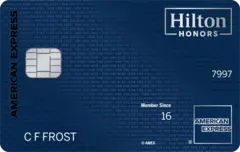
Hilton Honors American Express Aspire Card
175,000
Hilton Honors Bonus Points
after you spend $6,000 in purchases on the Card within your first 6 months of Card Membership. Offer ends 8/13/2025.
Annual Fee:
$550
Marriott Bonvoy Brilliant® American Express® Card
Earn up to 150,000
Marriott Bonvoy® bonus points
Earn 100,000 points after you spend $6,000 and an extra 50,000 points after you spend an additional $2,000 in purchases on the Card within your first 6 months of Card Membership.
Annual Fee:
$650
Charles Schwab Bank Debit Card: Best for Getting Cash Out of ATMs
Yeah, yeah, this isn’t a credit card, but every digital nomad needs a way to access cash while traveling. I try to use credit cards for everything I can, but there are always situations where you need cash.
The Charles Schwab debit card is a great option to withdraw money from ATMs. The card has no foreign transaction fees, doesn’t charge ATM fees and even reimburses for an unlimited amount of withdrawal fees that the ATMs themselves charge at the end of every month. It has fantastic customer service in case something goes wrong (like duplicate charges or a broken ATM) to boot.
It’s so nice to be able to just go to the nearest ATM when I need cash, instead of having to search for a specific bank or paying a $2 to $15 ATM fee.

Want to learn more points and miles tips for digital nomads? Check out Episode 31 of Takeoff: A Points and Miles Podcast by 10xTravel, where we discuss credit card points and miles with our own staff member who is a digital nomad himself.
Final Thoughts
For many digital nomads, a lot of the best cards are the same as the best cards for travel, but there are a few additional considerations that digital nomads may have. I personally carry five to six cards in my wallet on a regular basis and occasionally rotate a few others in, but the cards on this list are the best heavy hitters for digital nomads—especially those who don’t want a ton of added complexity in a life where everything is always changing.
*Eligibility and Benefit level varies by Card. Terms, Conditions, and Limitations Apply. Please visit americanexpress.com/benefitsguide for more details. Underwritten by Amex Assurance Company.
New to the world of points and miles? The Chase Sapphire Preferred® Card is the best card to start with.
With a bonus of 75,000 bonus points after you spend $5,000 on purchases in the first 3 months from account opening. , 5x points on travel booked through the Chase Travel Portal and 3x points on restaurants, streaming services, and online groceries (excluding Target, Walmart, and wholesale clubs), this card truly cannot be beat for getting started!
Editors Note: Opinions expressed here are author’s alone, not those of any bank, credit card issuer, hotel, airline, or other entity. This content has not been reviewed, approved or otherwise endorsed by any of the entities included within the post.






